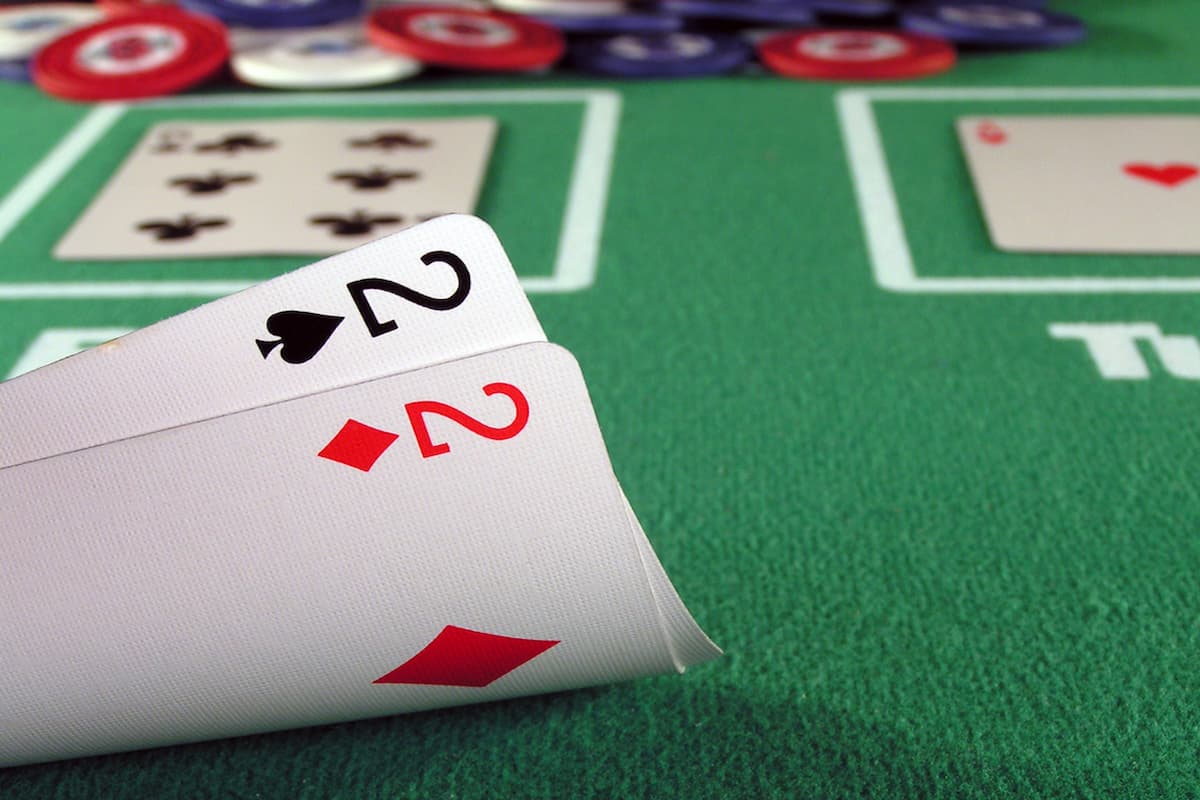Set mining is something the majority of low stakes poker players do wrong. They’re either doing it with the wrong stack sizes, from a bad position or against inappropriate opponents. In this article, I will briefly explain what set mining is and what factors to consider before calling raises hoping to hit your set.
What is set mining in poker?
Set mining poker is a term that describes calling a raise before the flop with the intention of hitting a set or three of a kind on the flop a win a big pot.
What are the odds of flopping a set?
The chances of flopping a set with a pocket pair are quite remote. You will flop a set approximately 1 in 7.5. In other words, you will hit three of a kind almost 1 in 8 times you try. That is not very often is it? Moreover, when you do hit your set, you won’t always get paid off.
What does implied odds matter?
This is the phrase poker players love to use to describe a situation where they are making a call because they anticipate a large pay off if they make their hand. This is the reason you see Daniel Negreanu calling raises with three five suited. He doesn’t mind calling 2 and half big blinds in the hope of winning 200 from a weak player who is prone to overplaying top pair or overpair type hands.
The things you need to consider when set mining are: stack size of opponent, their tendencies, likely hand strength and the likelihood of getting their stack.
Things to consider
Set mining isn’t just about holding a pocket pair, calling any raise and hoping to hit. You need to look at several factors before choosing to set mine. The list below are some aspects to consider with reasons why.
Opponent Type
If your opponent has a tight range then your chances of getting paid are higher. Conversely, facing a player who opens lots of pots and plays well post flop is tougher. You can’t assume you will get paid off quite as easy or for the same value against a good LAG. As they are playing more hands, their range is more balanced, less weighted toward overpairs and big cards that make top pair.
If your opponent is a standard, rubbish LAG type , you can get paid. The difference is critical. A bad LAG is someone who is playing lots of pots but prone to mistakes post flop. They are the type of player to get stubborn with hands as weak as second pair. Against them, you can still set mine profitably.
Opponent’s Mental State
An opponent that is dejected or psychologically weak isoften more liable to pay you off. This is the same for an opponent playing on tilt or if they are suffering from burn out. They will simply curse their luck and pay off bets if they’re not on their A game. They will probably moan “it’s a cooler“ or “I took a bad beat“.
On the other hand, a player who is playing well and winning is probably going to be in a good mental state, able to fold decent hands post flop.

If I am facing a tilted opponent who raised from under the gun, I’m licking my lips with a small pair, hoping to bust him if I flop my set.
Table Image
If you have a tight image, you don’t have the same implied odds as a looser image. This is because your check raises and big bets command more respect and have gravitas. Players also (foolishly) weigh up whether you’re on a heater. If they think you are, they may not pay you off. This is more common in live poker games than online where people pay very little attention to who is running well and who isn’t.
Position
Set mining out of position is not easy. You may try for a check raise and miss a street of value when they check back. You are not closing action so it’s hard to manipulate the pot size. Let’s say you check/call a flop bet and check again on the turn. Your opponent may opt to pot control and check back, particularly if the turn brings a danger card.
Set mining in position is much easier as you can dictate the pot size with greater freedom. You are the one closing the action and therefore in greater control.
When is set mining profitable?
Set mining is profitable against donkeys, stubborn players and nits with deep stacks. To achieve a positive ROI on set mining, consider the amount you calling before the flop, multiply it by 8 and if your opponent has that or more and you’ve factored in the considerations above, call and good luck!

This article was originally written in 2020 and has been updated



